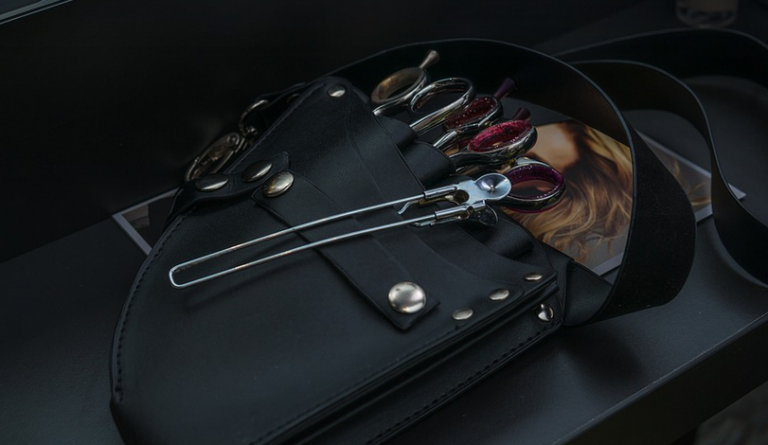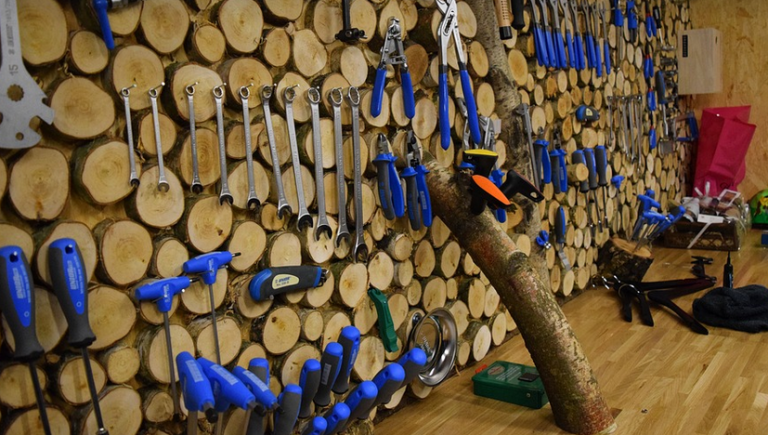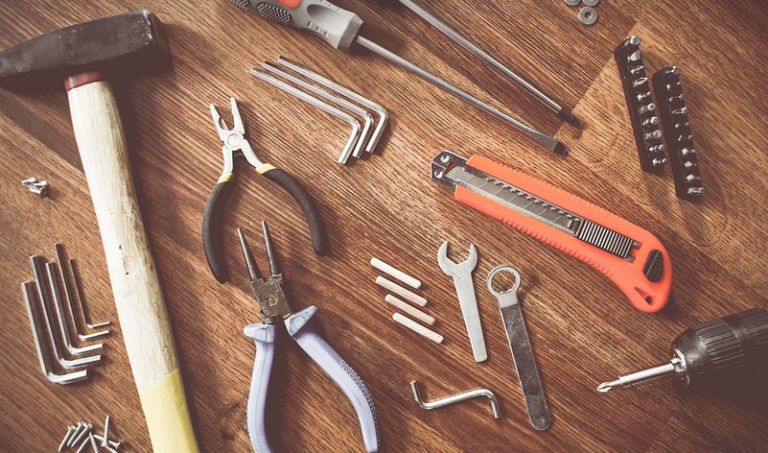
Unleashing the Power of 3D Printing with Your Chromebook
Chromebooks have become a staple for many students, professionals, and hobbyists alike. Thanks to their portability and affordability, you can now take your creative projects on the go. But what if you’re interested in 3D printing?
The good news is that 3D printing technology has become increasingly accessible, even for Chromebook users! The ability to create physical objects from digital designs using a 3D printer opens up countless possibilities, from custom toys and accessories to practical home repairs. However, the success of these projects hinges on one crucial element: the slicer.
A slicer is essentially the bridge between your design software and your 3D printer. Think of it as a translator that takes your digital model and breaks it down into precise, layer-by-layer instructions for the printer to follow.
Without a good slicer, your efforts will be wasted. This article dives into the world of Chromebook slicers, exploring their functionalities and how they can bring your 3D printing dreams to life.
Exploring the World of 3D Slicer Software for Chromebooks
The term “slicer” is often associated with intimidating technical jargon. However, understanding its purpose is straightforward. It essentially acts as a digital architect of your 3D print project, ensuring everything goes smoothly during the printing process.
Imagine designing a complex model or sculpture in a 3D modeling software like Tinkercad, Fusion 360, or Blender. You’ve painstakingly created a design that you’re eager to make real! But how do you translate your digital creations into physical form?
That’s where the slicer steps in. It reads your model and analyzes its geometry. Based on this analysis, the slicer performs several essential tasks: It calculates layer thickness, determines optimal print path, adjusts for overhanging parts, and manages support structures. These functions all ensure a successful 3D printing experience from start to finish.
Here’s where the magic of Chromebook slicers comes in. These programs are specially designed to work seamlessly with Chromebooks, offering a user-friendly interface that is accessible even for those without extensive technical skills. So you can focus on your creativity, not on complicated software!
Choose Your Slicer: A Guide to Popular Options
To facilitate easier understanding of the world of 3D printing on Chromebook, we’d like to introduce some popular slicing programs available for you:
**1. Simplify3D:**
Simplify3D is a veteran in the field, known for its robust features and user-friendly interface. It’s considered one of the most powerful 3D printing slicers on the market because it offers advanced features like:
- **Supports:** Create custom support structures for intricate models.
- **Layers:** Control layer thickness, ensuring a smooth print.
- **Material Selection:** Choose from various materials and optimize settings for different printers.
- **Print Preview:** Visualize your 3D print before it’s made!
**2. Cura:**
Cura is another name synonymous with 3D printing. It’s known for its intuitive interface and extensive community support. Cura offers a wide range of features, including:
- **Open Source:** Use it for free!
- **Customization:** Adjust settings to optimize print quality.
- **Community Support:** A large online community offers help and advice.
**3. PrusaSlicer:**
PrusaSlicer is a slicer tailored for the Prusa line of 3D printers. It’s renowned for its precision and reliability, and boasts highly customizable print settings and advanced features that cater specifically to these popular printers.
**4. Chitubox:**
Chitubox is another user-friendly program with a focus on speed and ease of use. It’s easy to learn and offers a streamlined workflow for 3D printing enthusiasts who prefer a less technical approach.
Tips for Choosing the Right Slicer
Choosing the right slicer is critical for your success in 3D printing. Here are some key factors to consider:
- **Printer Compatibility:** Ensure the slicer supports your specific printer (e.g., Creality, Anycubic). Some slicers specialize in certain brands or models.
- **Complexity of Designs:** A simpler design might not need a complex slicer like Cura when you can use Chitubox.
- **Your Printing Goals:** Do you print simple objects for personal projects? Or do you require advanced features for intricate designs?
- **Ease of Use:** Look for user-friendly interfaces that allow you to focus on your creative process rather than navigating technical menus.
Navigating the World of 3D Printing: A Chromebook Perspective
Now that you’ve explored the world of slicers, let’s discuss how they integrate with Chromebooks. Chromebooks provide a convenient and portable platform for 3D printing:
**1. File Management:** You can seamlessly import your 3D models through direct uploads to Chromebook file managers or cloud storage services like Google Drive.
**2. Printing Control:** Control your printer directly from the Chromebook itself, without needing a separate computer.
**3. Integration with Apps:** Many popular 3D modeling apps have native support for Chromebook printing and connect to your slicer. These integrated systems streamline the workflows.
Embrace the Possibilities: A World of Creative Exploration
With a solid understanding of Chromebook slicers, you’re ready to embark on an exciting new journey. Creating your 3D designs from scratch is one thing, but with the right slicer, you can bring your imaginative projects to life! So, grab your Chromebook, unleash your creativity, and begin exploring the endless possibilities of 3D printing.
Remember, there’s a world of creative potential waiting to be explored. The journey begins now with this informative guide to slicing.



